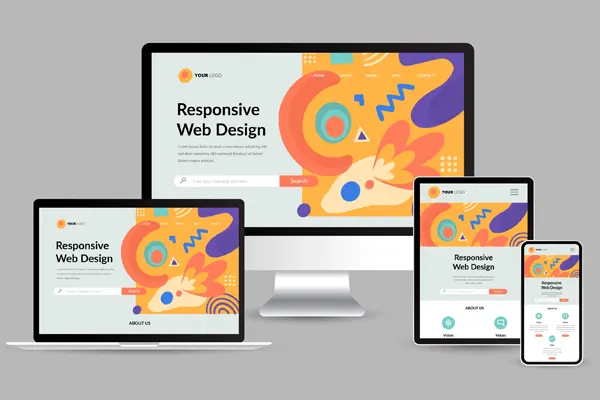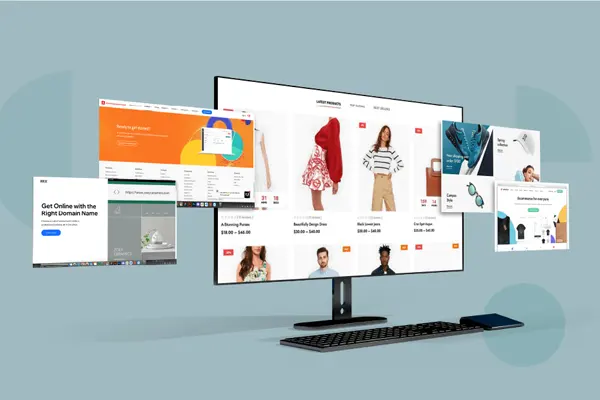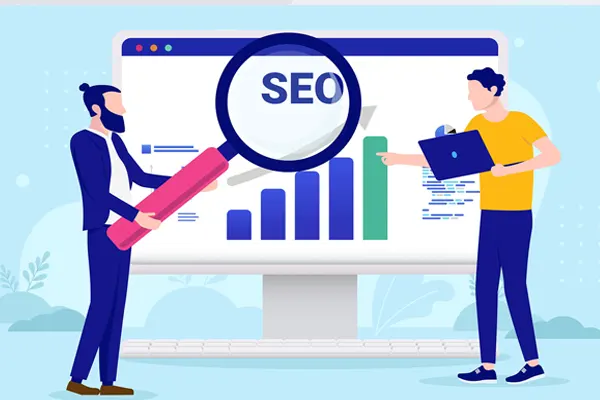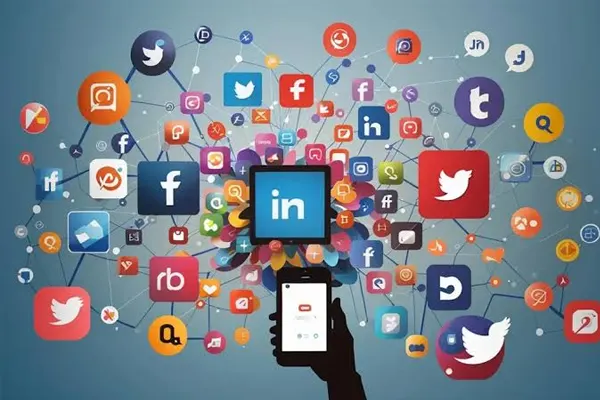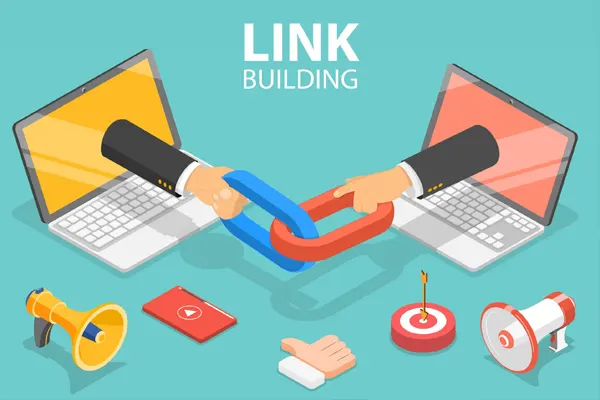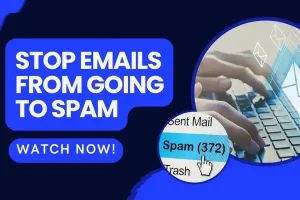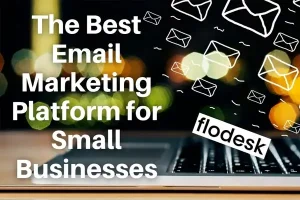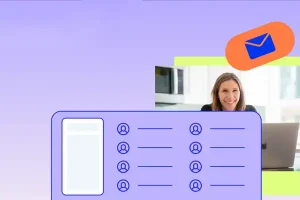How Do I Personalize Emails to Connect Better with My Audience?
In 2025, personalized emails are key to building stronger connections with your audience. They make recipients feel valued, increasing engagement and conversions. A 2024 Salesforce study found that personalized emails improve click-through rates by 15% and conversions by 10%. This guide offers actionable steps to personalize emails effectively, helping small businesses and marketers foster trust and drive results.
What is Email Personalization?
Email personalization tailors content to individual recipients based on their data, such as names, preferences, or behaviors. Beyond simply adding a name to the subject line, it involves delivering relevant content that resonates with specific audience segments. For example, recommending products based on past purchases or sending birthday offers. Tools like Mailchimp, ActiveCampaign, and HubSpot enable personalization through dynamic content and automation.
Strategies to Personalize Emails
Collect and Use Relevant Data
Gather data through signup forms, surveys, or website tracking to understand your audience’s preferences, demographics, or behaviors. For example, ask new subscribers about their interests (e.g., “What marketing tips do you need?”) via a SurveyMonkey form. Use tools like Google Analytics to track purchase history or browsing patterns. A 2024 CMI report showed data-driven personalization boosts engagement by 20%. Ensure compliance with GDPR and Malaysia’s PDPA 2010 by securing consent for data use.
Segment Your Audience
Divide your email list into segments based on criteria like location, purchase history, or engagement level. For instance, a retail brand might send exclusive discounts to frequent buyers and re-engagement offers to inactive subscribers. Segmentation ensures content relevance, increasing open rates by 15%, per 2024 Litmus data. Platforms like HubSpot simplify segmentation with user-friendly tools.
Personalize Subject Lines
Personalized subject lines grab attention. Include the recipient’s name or reference their interests, like “Sarah, Your 20% Off Awaits!” or “New Fitness Tips for You!” Keep subject lines under 60 characters for mobile readability. A 2024 Salesforce study found personalized subject lines boost open rates by 10%. A/B test variations to optimize performance, targeting 20-30% open rates.
Use Dynamic Content
Dynamic content adapts emails based on user data. For example, an e-commerce store can display different products for different segments, like clothing for women vs. men. Tools like ActiveCampaign allow you to insert dynamic blocks, such as personalized product recommendations or location-specific offers. This approach increases click-through rates by 12%, per 2024 Yotpo data.
Leverage Behavioral Triggers
Send emails triggered by user actions, like signing up, abandoning a cart, or completing a purchase. For instance, a fitness brand could send a workout plan after a free trial signup. Automated triggers in Mailchimp or Brevo ensure timely, relevant emails, boosting conversions by 20%, per 2024 CMI data. Set up workflows to handle these triggers automatically.
Incorporate Local and Cultural Relevance
Tailor content to resonate with your audience’s culture or local events. For example, offer Hari Raya promotions or reference local holidays in emails. A Malaysian coffee brand might send a “Perfect Raya Brew Guide” to connect with subscribers. Localized content feels personal and relevant, enhancing engagement.
How to Implement and Measure Personalization
Start by integrating your email platform with data sources like your website or CRM to collect insights. Use Mailchimp or HubSpot to set up segments and dynamic content. Create automated workflows for triggers like welcome emails or abandoned cart reminders. Monitor metrics like open rates (target 20-30%), click-through rates (>2%), and conversions using Google Analytics or platform dashboards. A/B test subject lines and content to refine personalization, adjusting based on performance data.
Tips for Success
- Start Simple: Begin with name personalization or basic segmentation to build confidence.
- Test Regularly: A/B test subject lines or content to find what resonates best.
- Respect Privacy: Use double opt-in and clear consent forms to comply with data laws.
- Use Free Tools: Leverage Mailchimp’s free plan or Canva for visuals to keep costs low.
Conclusion
Personalizing emails in 2025 involves collecting relevant data, segmenting audiences, crafting personalized subject lines, using dynamic content, leveraging behavioral triggers, and incorporating local relevance. These strategies build stronger connections, driving engagement and conversions. Start personalizing your emails today to foster trust and grow your business.
Download our free email personalization guide or contact us for a tailored strategy!
Our Services
Related News
Frequently Asked Questions (FAQ)
How do I collect data for personalization without violating privacy?
Use opt-in forms with clear consent requests and comply with GDPR or PDPA 2010.
What’s the easiest way to start personalizing emails?
Start with name-based subject lines and simple segmentation using Mailchimp’s free tools.
How much does personalization impact engagement?
It can boost open rates by 10% and click-through rates by 15%, per 2024 data.

